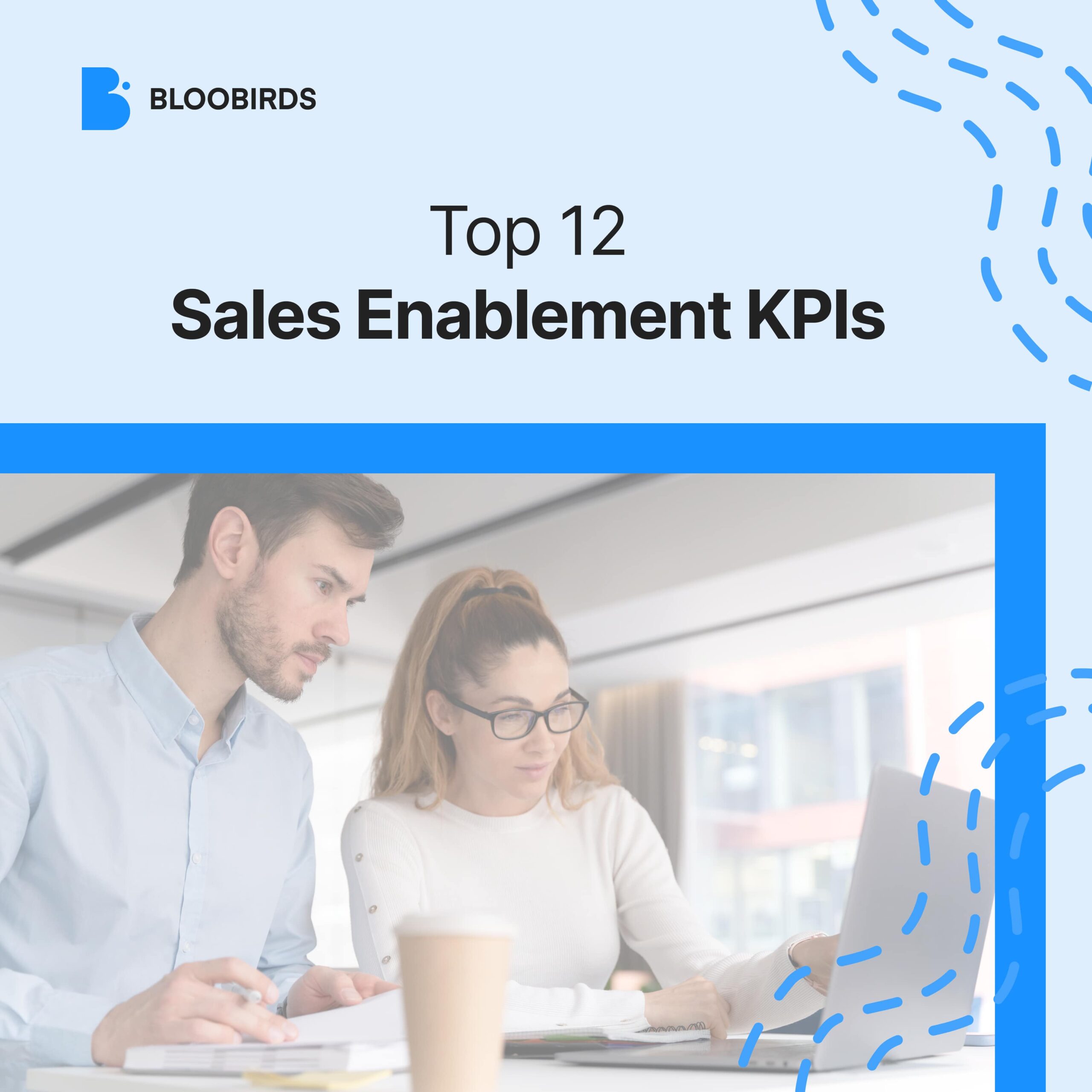Sales Enablement is a set of strategies and tools aimed at improving the efficiency and performance of sales teams. To measure the success of these initiatives and ensure consistent revenue growth, it is essential to use Sales Enablement KPIs (key performance indicators) that provide a clear insight into the effectiveness of implemented actions.
In this article, we will explore 12 essential Sales Enablement KPIs that every organization should consider to optimize their sales process.
Sales Cycle Duration.
The sales cycle is the number of days from the first contact with a potential customer to closing the sale. This Sales Enablement KPI is crucial for evaluating the efficiency of the sales force and setting realistic goals. Reducing the sales cycle can boost revenue by accelerating the conversion process from leads to actual customers.
Content Accessibility.
Content accessibility refers to the sales teams’ ability to access relevant information and resources that enable productive interactions with buyers and customers. Measuring this KPI helps identify potential obstacles in accessing resources and take actions to improve the availability of necessary information at each stage of the sales process.
Time Urgency Classification.
Prioritizing leads that are more likely to close sooner is essential for maximizing sales efforts’ effectiveness. This Sales Enablement KPI, measures the sales teams’ ability to identify and focus on leads with higher time urgency, which can accelerate the sales cycle and increase the closing rate.
Continuous Training.
Continuous training is crucial for keeping sales teams updated on best practices, new products and services, and the latest industry data. Measuring participation in training programs and evaluating the impact of these initiatives on sales performance helps ensure that the team is consistently trained and prepared to face the changing market challenges.
Conversion Rates.
The time it takes for a lead to convert into a customer is a critical indicator of the effectiveness of implemented sales strategies. This KPI provides insights into the sales teams’ ability to close deals and helps identify possible bottlenecks in the conversion process.
Customer Acquisition Cost Reduction.
Customer acquisition cost refers to the expenses associated with convincing a customer to purchase a product or service. Measuring this Sales Enablement KPI, is essential to ensure the profitability of acquisition activities. A reduction in customer acquisition cost indicates efficiency in marketing and sales strategies, resulting in a higher return on investment.
Onboarding Time.
The onboarding process is crucial to ensure that new sales representatives are properly trained and can effectively communicate the company’s value proposition. Measuring onboarding time helps identify potential inefficiencies in this process and optimize it to maximize the productivity of new sales team members.
Time Spent on Content Creation.
Quality content plays a crucial role in the sales process. Measuring the time spent on content creation and identifying the most effective content types allows for proper budgeting of time and resources for the marketing team to efficiently create content in the shortest time possible.
Content Usage.
The created content should be effectively utilized throughout the sales process. Measuring the frequency of content retrieval and sharing, as well as its utilization at key points in the sales process, provides insights into the effectiveness of sales materials and their impact on successful sales operations.
Lead Quality
Generating high-quality leads is crucial for the success of sales strategies. Measuring this KPI involves understanding who the ideal leads are and dedicating time, effort, and resources to creating effective marketing campaigns and collateral materials that attract these high-quality leads and convert them into customers, generating revenue for the organization.
Increase in Customer Lifetime Value.
Customer lifetime value is the projected dollar value that a company will derive from future transactions with a customer throughout their entire relationship. Measuring this Sales Enablement KPI, helps evaluate the effectiveness of customer retention strategies and identify opportunities to increase the long-term value of existing customers.
Reduction in Customer Churn Rates.
Customer churn can indicate customer dissatisfaction, product quality, high prices, better offers from competitors, poor marketing, or the natural customer lifecycle. Measuring this KPI helps identify the causes of customer churn and take corrective measures to improve customer retention and loyalty.
The implementation of Sales Enablement strategies is essential for optimizing an organization’s sales process. However, to ensure the success of these initiatives, it is crucial to measure and analyze the appropriate indicators.
The 12 essential Sales Enablement KPIs mentioned in this article provide a holistic view of sales strategies’ performance and help identify areas for improvement to drive growth and profitability. By focusing on these KPIs, organizations can make more informed decisions and guide their efforts towards successful sales outcomes.
